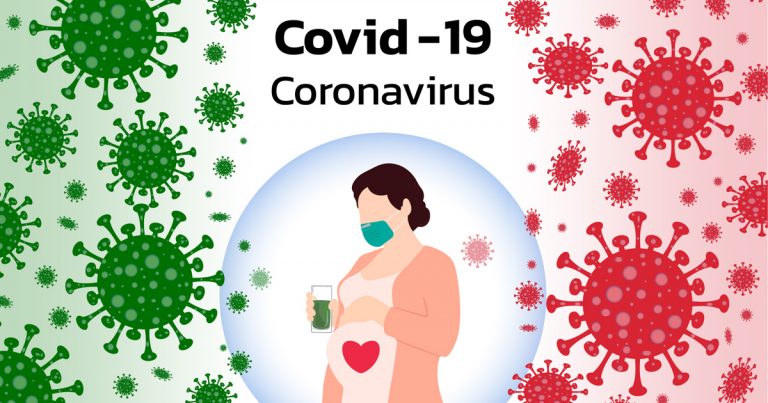Pain Management During Labor

Pain levels can become difficult to bear during labor. There are options for pain relief. Whether you are choosing to use medication, or are taking a drug-free approach, below are some choices you have when it comes to labor pain relief.
Medication
Analgesics reduce pain, but you are still able to feel labor while on the medication.
Anesthetics are another medication option; this numbs your whole body or certain parts of your body depending on which medication you choose. Both medications can greatly reduce pain during labor.
Epidural Block: The most common type of pain relief during pregnancy is the epidermal block. During labor, an anesthesiologist will inject the epidural block into your back, and pain relief will follow within 15 minutes.
Spinal Block: A spinal block is usually performed during a C Section, and like the epidural block consists of an injection in the back. Pain relief follow within 15 minutes and usually lasts for 1-2 hours.
Combined Spinal-Epidural (CSE): A CSE injects less medicine than a spinal or epidural block, and can help to quickly relieve pain and lasts much longer than the other block options.
Tranquilizers: Tranquilizers may make you sleepy, but can help to reduce anxiety and lower levels of pain. These usually last from 3-4 hours.
Drug-Free Approaches
Stay Active: Staying active during pregnancy can help you to be stronger and have longer endurance, which will come in critical for those long labor processes.
Lamaze: Lamaze consists of different birth positions, massages, breathing techniques, and other tips that can help to reduce anxiety and lower pain during pregnancy.
The Bradley Method: This method consists of breathing techniques, nutrition, relaxation, and exercise. When you have a moment to relax during labor, these methods may help greatly to reduce anxiety and pain.
There are many ways to help you get through labor more comfortably. Talk with your Women’s Health OB/GYN to see what is best for you.






